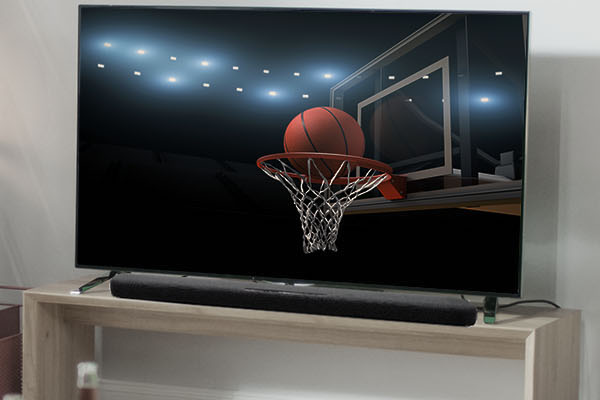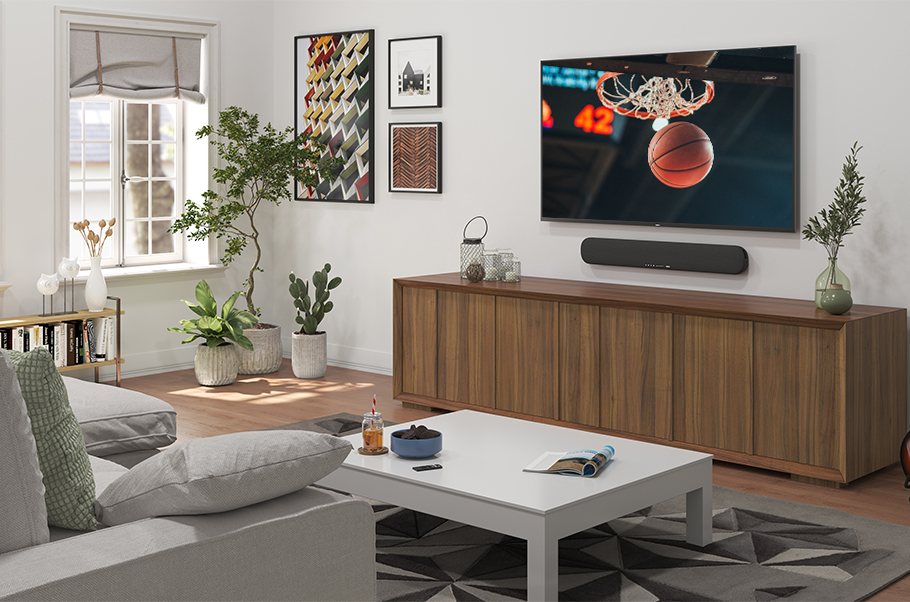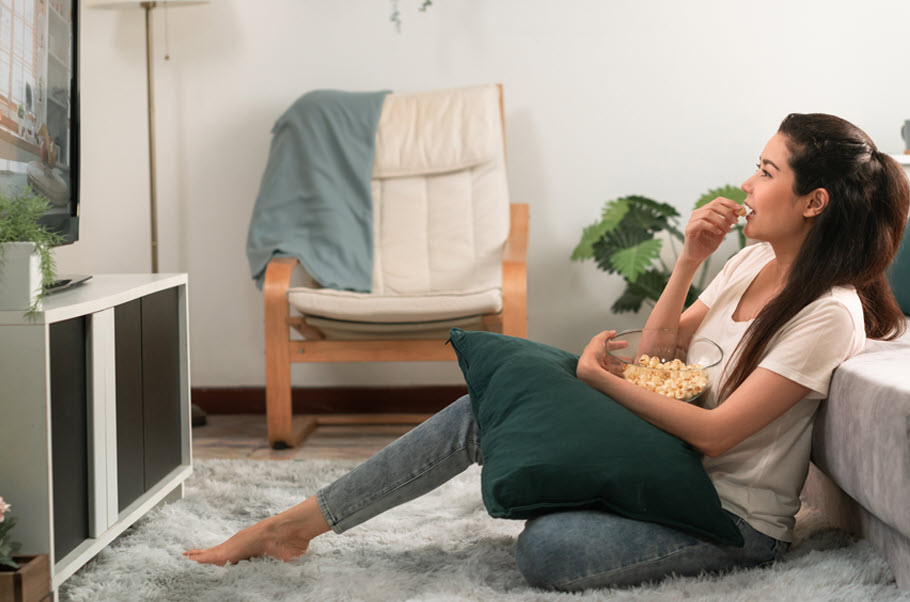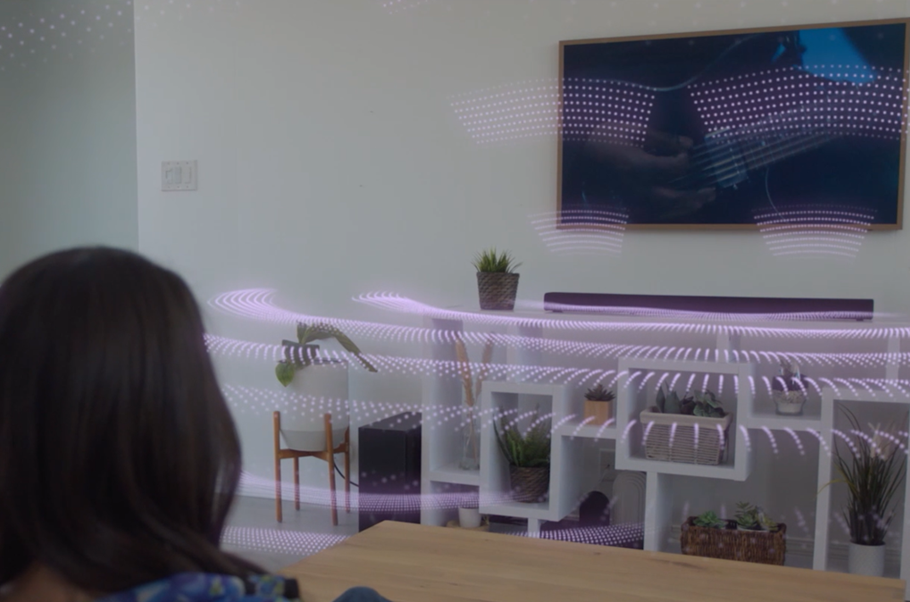CEDIA Expo 2019: Trends in Smart Home Technology
These are the coming technologies that will change the way we interact with our homes.
Technology never stops. Just when you think you’ve got the latest and greatest speakers, displays, networking and controls for your home, something better comes along. And there’s no better place to experience the next big thing(s) in home technology than at the Custom Electronics Design and Installation Association (CEDIA) Expo.
This annual event, held in Denver this year from September 12 – 14, brings together businesses and innovators from a diverse cross-section of the home technology industry. Attendees are mostly tech integrators — the professionals who are trained at customizing, configuring and installing gear in consumers’ homes. They come to discover innovative solutions that can enhance the comfort, efficiency, enjoyment and value of their clients’ homes, but there’s no reason to keep it all a secret. In this article, we’ll explore some of the major trends in home technology at the show.
Health and Wellness
In the past, when people thought about “healthy homes,” indoor air quality came to mind. While this is still an important component of healthy living, the ability to create a home environment that’s more peaceful and serene is clearly the next phase. On display at CEDIA was lighting from Lutron that simulates sunrise and sunset and syncs up with our circadian rhythms to promote a better night’s sleep, along with home theaters that can transition into meditation/relaxation rooms by altering the audio, video and lighting. Of course, whole-home music systems like Yamaha MusicCast can bring the sounds of nature to every room in your house — a proven technique for relieving stress and anxiety.
Artistry in Audio
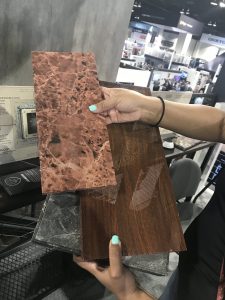
Speakers are going through a major cosmetic makeover. Models that can be recessed into the wall and ceiling surface like in-wall and in-ceiling speakers from Yamaha are starting to be joined by speakers that double as pieces of artwork. Some feature grilles that can be customized to display images from professional photographers or custom metal artwork. Others use a method called hydro dipping to apply images directly to the grille. The result is a speaker finished to look like wooden boards, granite or even shrubbery — a perfect blend for outdoor environments.
Modern TV Cabinets
Just when you thought the wooden TV cabinet of the ’50s and ’60s was long dead, it’s making a comeback … sort of. Numerous manufacturers have given the antiquated TV cabinet a fresh, modern look, offering an alternative to the über-popular yet often cosmetically disruptive method of mounting a display to the wall. For example, Salamander Designs’ “The Wall,” which originated in commercial settings, incorporates a cabinet with a panel onto which a display can be mounted. The unit is modular, which means the finish of the cabinet door and panel can be updated and/or a new TV mounted at any time. In addition, the entire unit can be repositioned, moved to a different room or relocated should you move into a new house. Try doing that with a wall-mounted display!
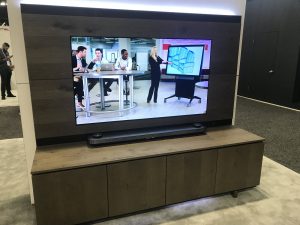
Counterbalancing this blast from the past was the look forward to the emergence of 8K. There was a significant increase in the number of booths showcasing the latest capabilities for 8K displays and projectors as integrators prepare for deeper adoption of the ultra high-resolution technology.
Artificial Intelligence
Imagine walking into a room and having the lights dim to your preferred level, while at the same time your favorite playlist broadcasts through in-ceiling speakers and motorized draperies open to reveal a view of the garden. Systems are being designed to recognize the identity of each family member and automatically adjust the room environment accordingly.
This kind of hands-off approach to home control is an alternative to voice control, which has become increasingly more prevalent, as demonstrated by Yamaha at CEDIA. With a few simple verbal commands from compatible devices recognized by the latest line of Yamaha MusicCast devices, the video, audio, shades and dimmable lighting adjusts to prepare the space for ultimate movie viewing. A myriad of controls and integrations were used to demonstrate the flexibility of a MusicCast system, including Josh.ai, Alexa and RTI.
Yamaha also demonstrated Surround:AI — the industry’s first and only artificial intelligence available in an AV receiver. This technology analyzes the sound profile five times per second and optimizes it for the ideal listening scenario automatically. With Surround:AI, you no longer have to worry about losing the remote and adjusting volume levels, allowing you to instead get lost in your favorite movies and shows.
Residential and Commercial Crossover
Home technology products and systems have become so reliable, powerful and sophisticated that many of the solutions initially intended for home use are finding their way into restaurants, bars, offices, retail shops and other commercial environments. The XDA-QS4500RK Quad Streamer from Yamaha is one example. It can deliver music to four listening zones with eight channels of amplification, making it powerful enough for both homes and small businesses. For integrators who need more power and flexibility, the company also demonstrated its Commercial Installation Solutions (CIS), designed to help deliver ideal sound in commercial spaces. This includes Dante, which Yamaha CIS has incorporated for the last five years.


And just as there are commercial applications for residential products, there are residential applications for systems typically found in commercial settings. As homes become increasingly more reliant on Wi-Fi, networking systems with bigger bandwidth — the kind historically found in businesses — offer huge benefits to homeowners. Helping bridge this gap is Access Networks, a company that offers a range of products designed for both businesses and homes.
Tech for the Kitchen and Bath
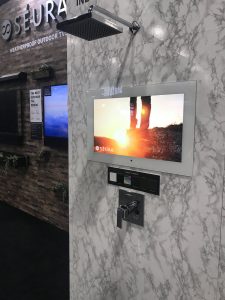
The kitchen and bath could be considered the last frontier for technology in the home. But those of you with a need to be connected 24/7 will be happy to hear that a number of manufacturers are starting to make inroads into these two territories, with products designed specifically for the kitchen and bath. Seura, for example, offers its Hydra line of indoor waterproof displays. Ideally suited for the kitchen and bath, they install flush with the wall surface and are framed in a variety of decorative finishes like stainless steel, brushed gold, and pearl white.
Kohler, meanwhile, was showing an entire ecosystem of smart bathroom appliances called Konnect, whereby a single Alexa command can activate and set the water temperature of a Kohler smart shower as well as activate music. It can even enable a vanity mirror to provide information like traffic and weather reports!










